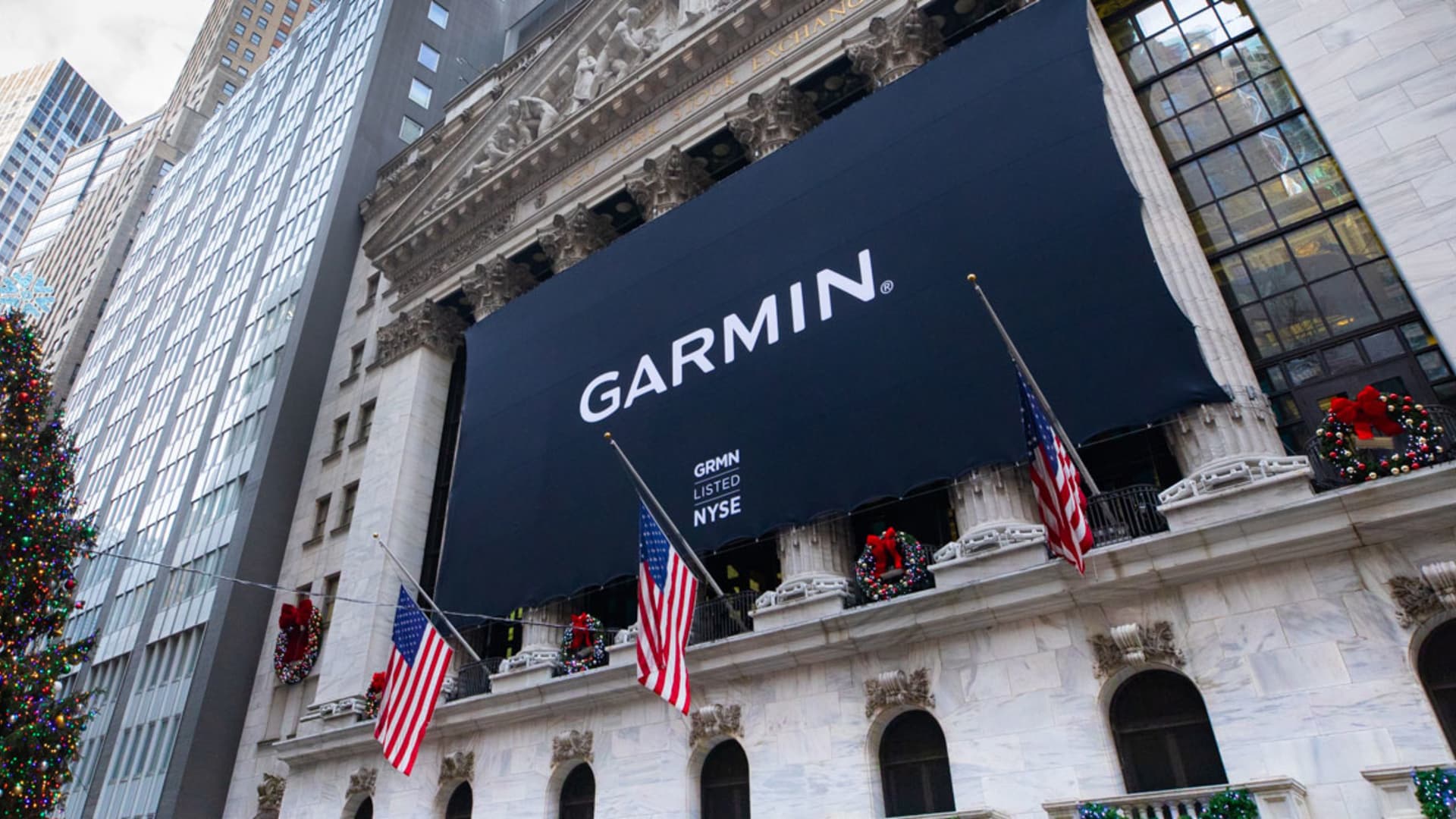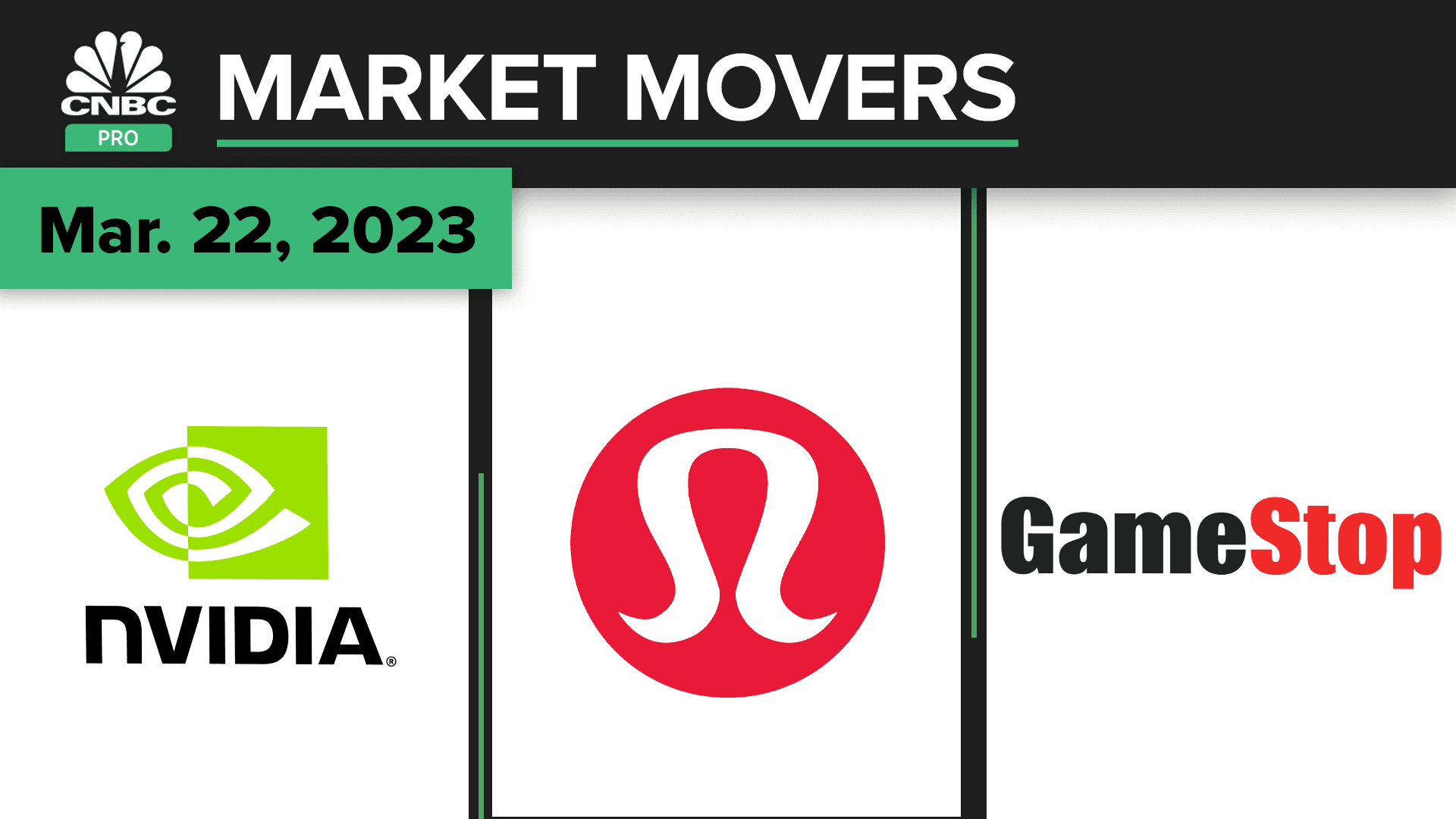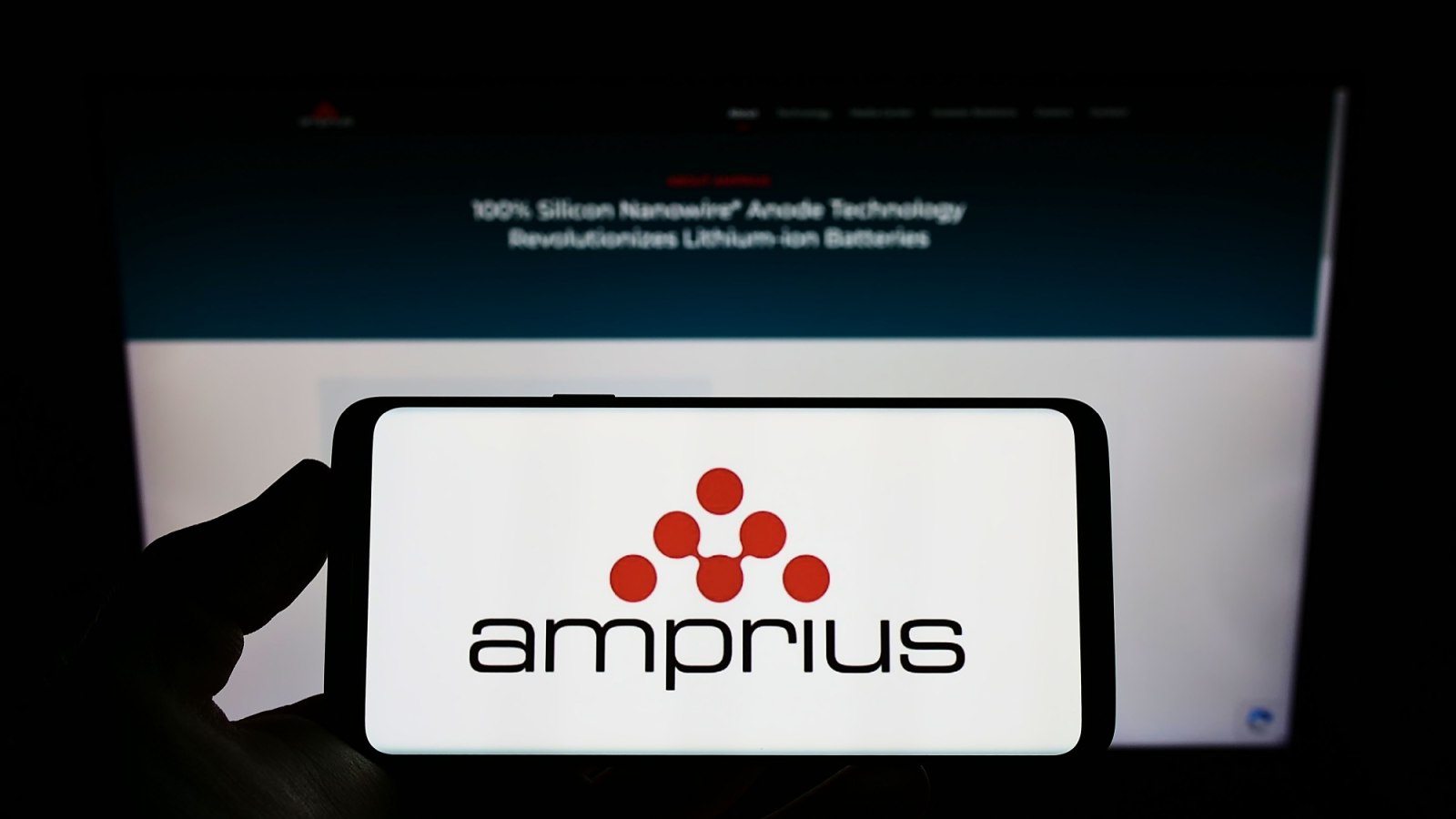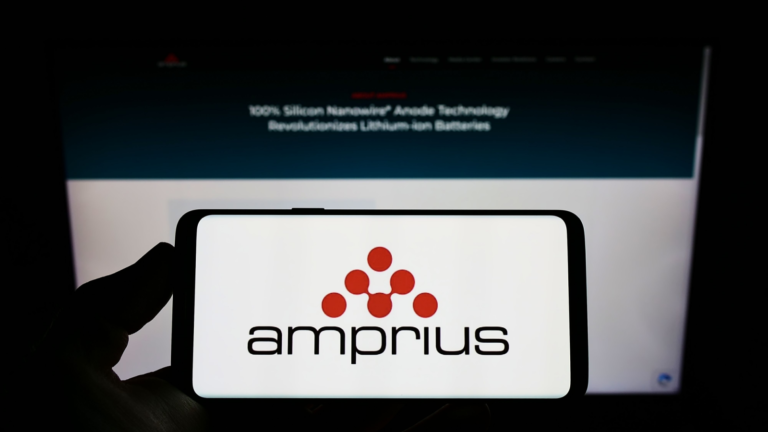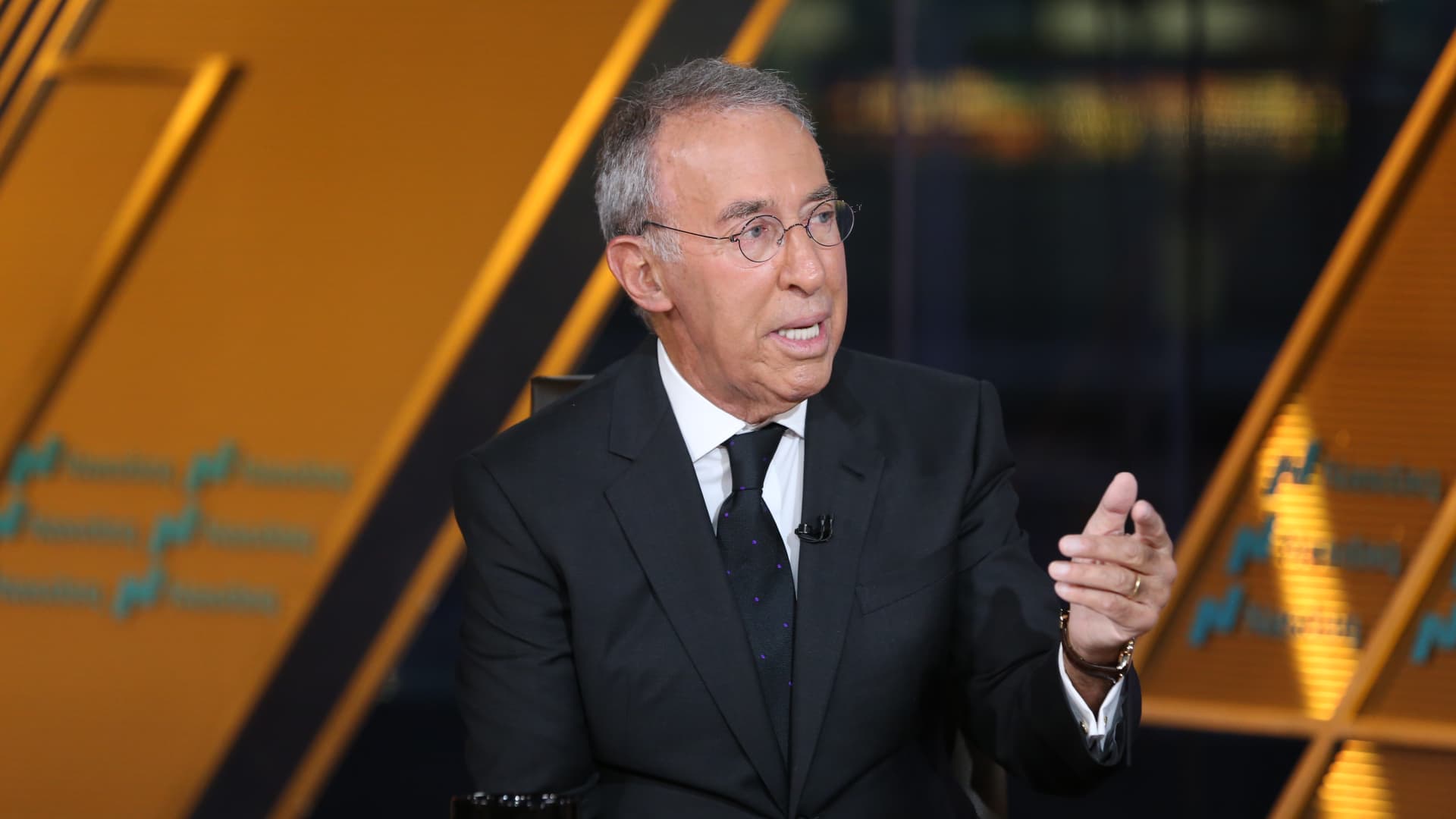The Federal Reserve announced on March 22 that it was raising its key interest rate by 25 basis points, the ninth consecutive increase. As interest rates increase, dividend ETFs and those investing in them are caught in a perplexing situation.
The tendency of some income-focused investors in times like this is to move money away from dividend-paying stocks and into fixed-income products. However, Global X stated in a 2018 publication: “In 7 out of the 10 rising interest rate periods since 1960, high dividend stocks outperformed the S&P 500.”
Yet, the scary part of that data point is that the three times when high-yielding dividend stocks underperformed the index were periods of unusually rapid rate increases. That’s precisely the situation we face in 2023.
So, what do you do? If you’re a buy-and-hold investor, you might consider some dollar-cost averaging to ride out the low points. Alternatively, you could find dividend ETFs with high income (4% yield or higher) and low fees (0.6% or lower) like the ones below. And, for liquidity purposes, I’ve only included dividend ETFs with at least $1 billion in net assets.
| VYMI | Vanguard International High Dividend Yield ETF | $60.09 |
| VRP | Invesco Variable Rate Preferred ETF | $21.65 |
| PEY | Invesco High Yield Equity Dividend Achievers ETF | $18.83 |
Vanguard International High Dividend Yield ETF (VYMI)

Source: Shutterstock
Vanguard International High Dividend Yield ETF (NASDAQ:VYMI) is the largest of today’s three dividend ETFs with net assets of $5.5 billion, an expense ratio of 0.22% and a 12-month yield of 4.52%.
The ETF was launched in February 2016. It tracks the performance of the FTSE All-World ex US High Dividend Yield Index, a collection of international stocks in developed and emerging markets that possess above-average forecasted yields for the next 12 months. The index is reconstituted and rebalanced yearly.
VYMI has 1,302 stocks with a median market capitalization of $43.2 billion, a five-year average annual earnings growth rate of 7.2%, and a price-to-earnings (P/E) ratio of 9.
Developed markets account for 79% of the portfolio, with emerging markets accounting for the rest. The UK (13.6%), Japan (13.2%) and Australia (8.2%) are the top three countries by weight. The top 10 holdings represent just 14.3% of its total net assets.
Finally, VYMI has an annualized total return of 18.9% over the past three years.
Invesco Variable Rate Preferred ETF (VRP)

Source: Shutterstock
The Invesco Variable Rate Preferred ETF (NYSEARCA:VRP) is the second-largest of the three dividend ETFs with net assets of $1.6 billion, an expense ratio of 0.5% and a 12-month yield of 5.3%.
The ETF is a couple of years older than VYMI. It was launched in May 2014. It tracks the performance of the ICE Variable Rate Preferred & Hybrid Securities Index. The index represents floating and variable rate investment-grade and below-investment-grade preferred stock and hybrid debt issued by U.S. companies in U.S. dollars.
Among the requirements for inclusion in the index are that the preferred stock or hybrid debt must have been issued on a U.S. exchange, have at least one day left to maturity, issued initially with at least 18 months to maturity, have a floating rate coupon or dividend, and meet certain liquidity requirements. It is rebalanced monthly on the last calendar day.
The fund has 324 holdings, with 58% rated BBB by Standard & Poors, 35% rated BB, and 7% either B or unrated. Financials account for 72.8% of the portfolio, followed by energy at 11.9% and utilities at 8.2%.
Finally, VRP has an annualized total return of 11.5% over the past three years.
Invesco High Yield Equity Dividend Achievers ETF (PEY)
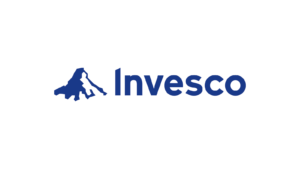
Source: Shutterstock
Invesco High Yield Equity Dividend Achievers ETF (NASDAQ:PEY) is the smallest of the today’s dividend ETFs with $1.4 billion in net assets, an expense ratio of 0.52% and a 12-month yield of 4.2%. PEY is also the oldest of the three, launched in December 2004.
The ETF tracks the performance of the NASDAQ US Dividend Achievers 50 Index, a collection of 50 of the highest-yielding U.S.-listed stocks from the NASDAQ US Broad Dividend Achievers Index. To qualify, a stock must have a market cap of $1 billion or higher, have increased its annual dividend payment for 10 consecutive years, and have a three-month average trading volume of $1 million or more. REITs and limited partnerships are excluded.
The underlying index’s weighting methodology has some rules. First, there can be no more than 12 companies from a single sector. Additionally, no sector can represent more than 25% of the portfolio, and no single stock can account for more than 4% of the net assets. The portfolio is rebalanced quarterly in March, June, September and December. Each stock’s weight is based on its dividend yield as a percentage of all 50 dividend yields combined. So, for example, if Company A had a dividend yield of 2% and the total dividend yield of all 50 was 150% (3% average), it would have a 1.33% weighting.
PEY’s top three sectors by weight are utilities (23.9%), financials (19.9%) and consumer staples (16.5%). Large-cap stocks account for 29.1% of the portfolio, with mid-caps at 36.4% and small caps at 34.5%. Despite the high percentage of small caps, the average market cap is nearly $51 billion.
Finally, PEY has an annualized total return of 22.7% over the past three years.
On the date of publication, Will Ashworth did not have (either directly or indirectly) any positions in the securities mentioned in this article. The opinions expressed in this article are those of the writer, subject to the InvestorPlace.com Publishing Guidelines.


